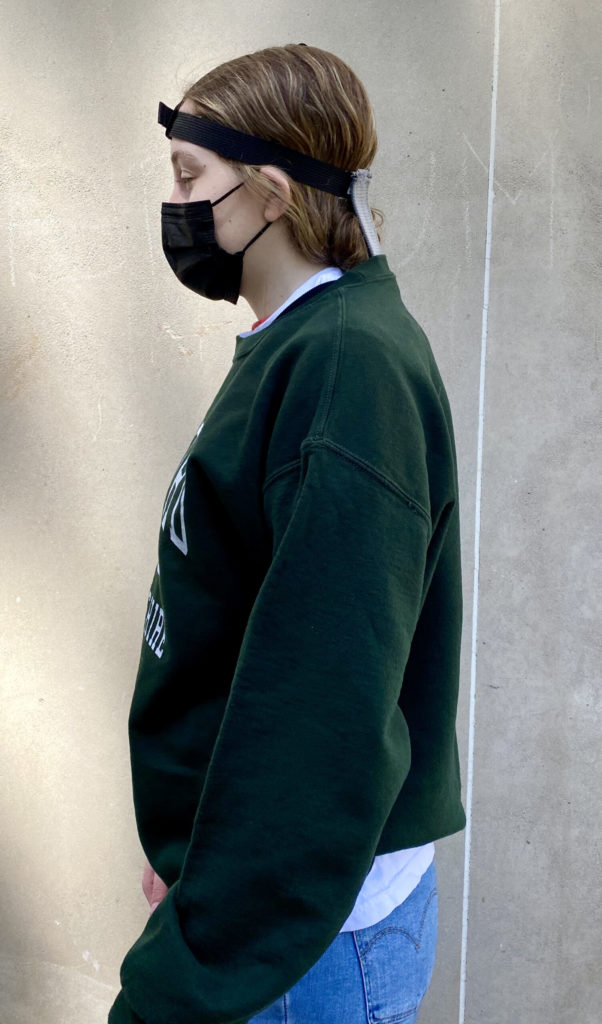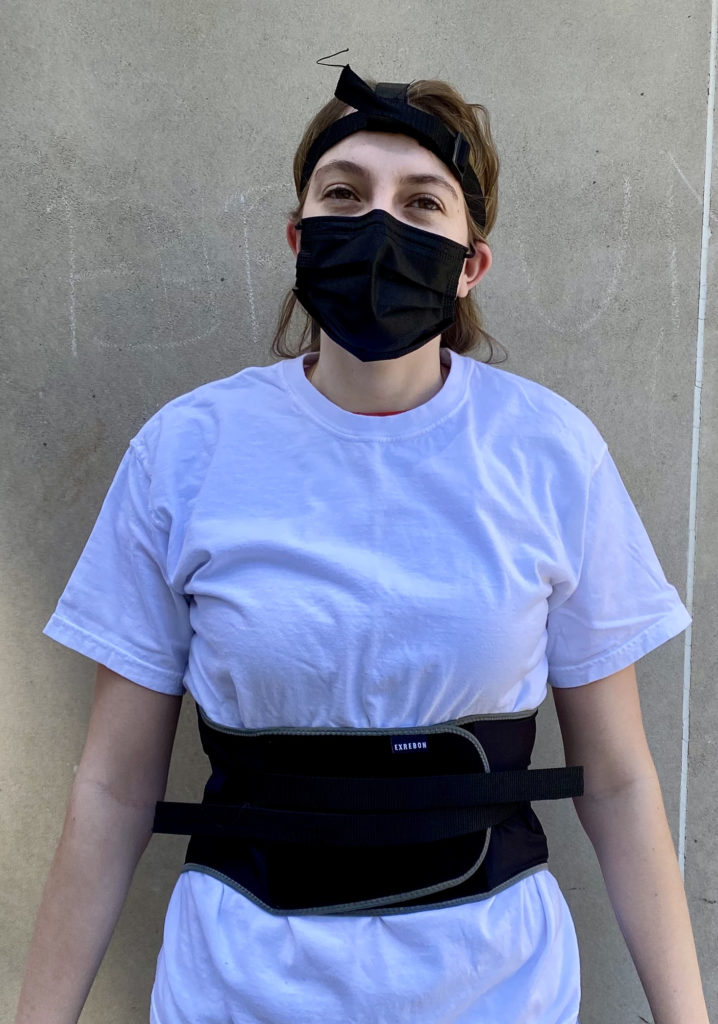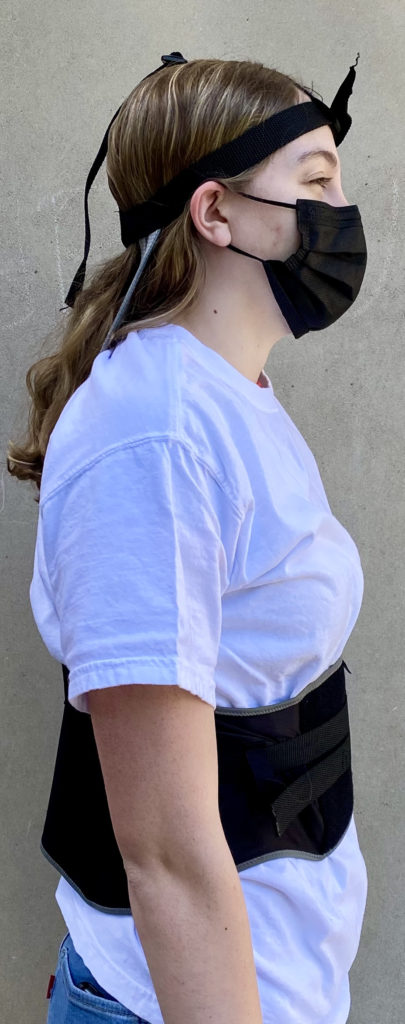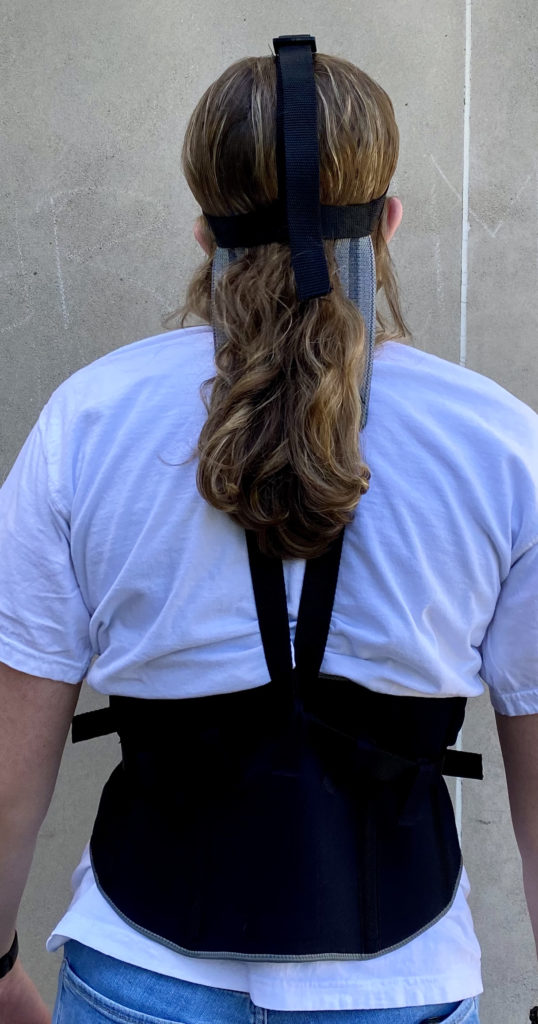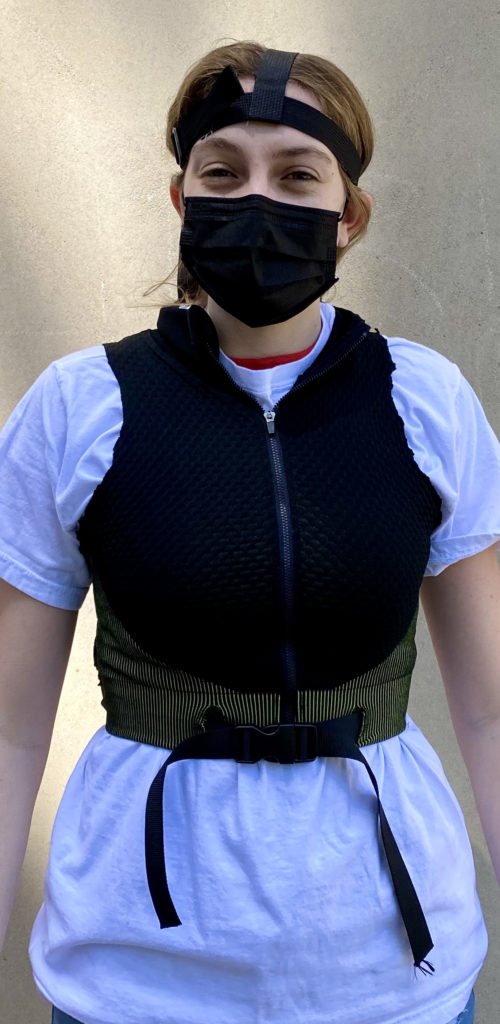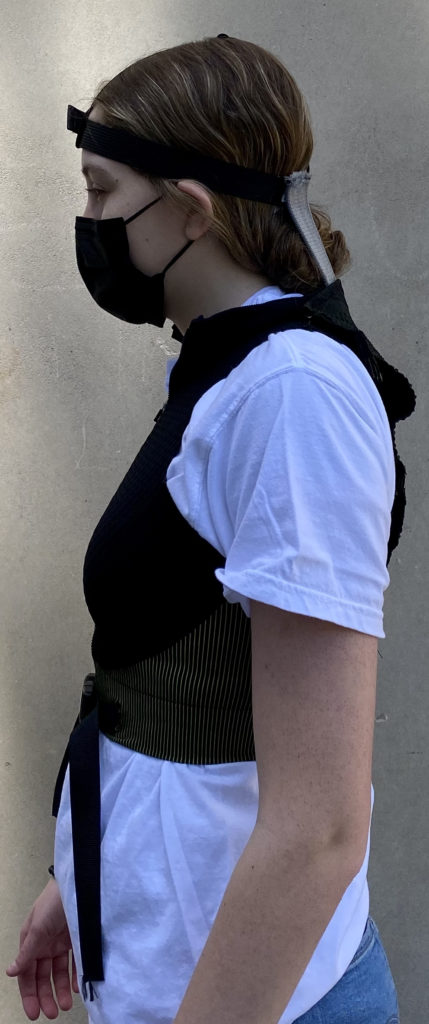Head drop is a common symptom experienced by patients with ALS. It can disrupt everyday tasks such as participating in a conversation or eating. The goal of this project was to design a neck brace that meets the specific needs of this patient population and improve the overall quality of life by providing comfort, support, and controlled motion of the head and neck. The focus was on allowing extended wear without causing discomfort.
Top Concerns and Criteria for the Device:
- Functional:
- Maintain head in a neutral position
- Allow for slight, but limited, downward flexion of the head and neck
- Comfortable:
- User able to wear for at least 5 hours a day
- Lightweight
- Easy to Use:
- User/caregiver able to get on in less than 1.5 minutes
- Able to get on both sitting and standing
- Reduce Pain:
- Decrease by 2 points on a 0-10 pain scale
Neck Brace Designs:
Vest Design
The vest design originated from the idea of incorporating the brace into an article of clothing. Using a style similar to a cross between a sports bra and a vest, this design anchors around the chest. With a thin material, the brace can be worn underneath shirts and jackets making it more discreet in social settings. The bands providing support to the head are integrated into the vest and can be adjusted from the front.
Waistband Design
The waistband design uses a back support to anchor the brace around the waist. The straps leading from the head to the front of the brace are guided through loops on the back support and cross over for easier adjustment using velcro.
Prototype Process Visuals:
Testing Results from Patients with ALS:
- Rated as comfortable: Good fit and minimal skin irritation
- Would wear for over 6 hours with mild to extreme pain
- Would be comfortable using in a variety of social settings such as at local stores, with friends, and on vacation
Customer Feedback:
Overall, both neck brace designs were thought to be straightforward and easy to use. The braces are easily adjusted to provide the necessary support of the head and are comfortable to wear. Due to the limited availability of varying sizes of the components of the design, the team has only been able to test on a limited range of patients. A larger range will be available once these products are marketed. With two different designs available, individuals are able to choose the options that best suit their body type and experience with ALS.
Next Steps:
The future of these two designs can go in many directions. The team’s goal is to get the device to users as quickly and easily as possible, and this will shape the decision for the next steps.
One option would be to collaborate with a company that has a similar target patient population as they will have the necessary information and experience required to manufacture these devices. This would allow the braces to be produced on a larger scale deeming them more accessible to patients in various locations.
On the other hand, creating ‘at-home’ kits containing the materials and instructions for the construction of the device is another potential option. This way, the patients will be able to build the device immediately. This method is more cost effective and perhaps gives a larger outreach. However, the patients may have difficulty constructing it themselves, giving rise to a faulty device which could potentially be unsafe. All of the potential options are being considered in order to ensure patients get access to the device in the most efficient and effective way possible.
UR Neck Brace Design Team Member:
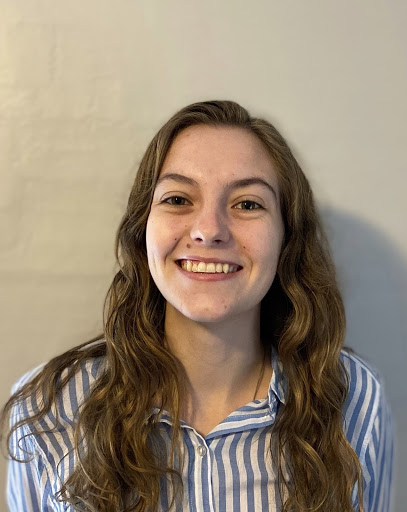
Samantha Collins is concentrating in biomechanics and will be pursuing a Masters in Bioengineering at the University of Denver.
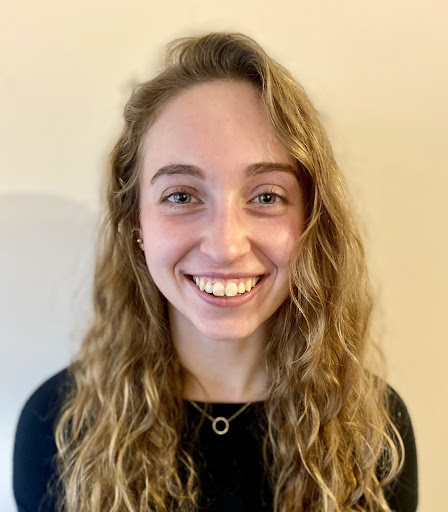
Anna Cook is concentrating in biomechanics and will be pursuing a Masters in Orthotics and Prosthetics at the University of Washington.
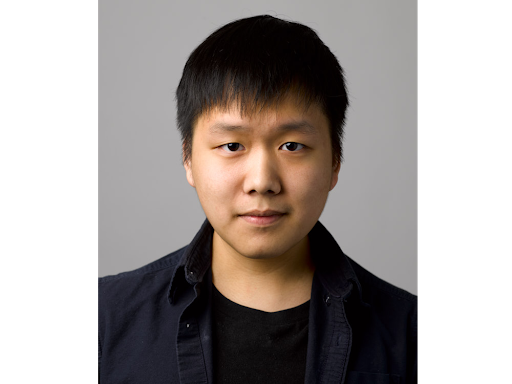
Michael C. Lee is concentrating in cell & tissue and will be pursuing a Masters in Biomedical Engineering at the University of Rochester through the CMTI Program.
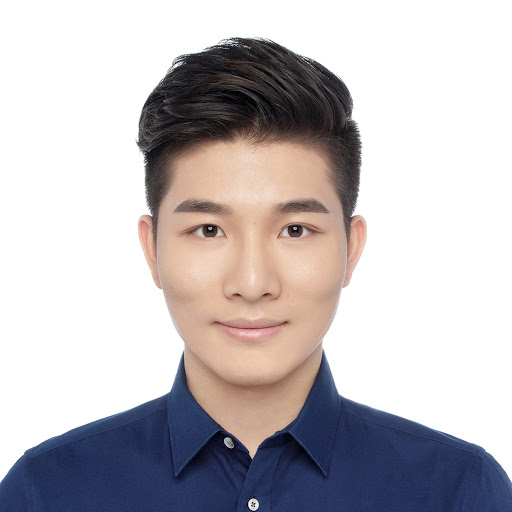
Hanwen Gu is concentrating in biosignals and will be pursuing a Masters in Management Program.

Sophie Mackenzie is concentrating in Cell and Tissue and will be pursuing a Masters in Biomedical Engineering at the University of Rochester through the CMTI program.
Supervisors:
Jim McGrath, PhD, Biomedical Engineering, University of Rochester
Julia Schroth, CMTI Student, University of Rochester
Customers:
Cindy Gibson, NP, Strong Memorial Hospital
Renee Heltzer, PT, Strong Memorial Hospital






